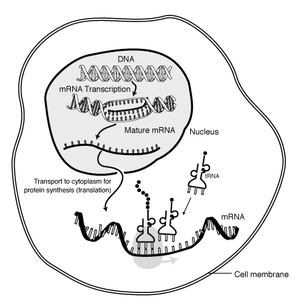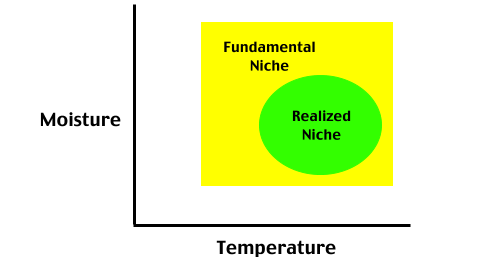If you compare ten single cells to ten dependent cells, the first have more degrees of freedom since they need to take care of all business alone and can't depend on division of labor to take care of part of their needs.
So two things have to happen: (1) a mutation and (2) an ambient pressure that selects for that mutation. I think we can just get by on the idea that there will be many random mutations over a sufficient time, and that you can multiply that by the population count to get a metric for total number of mutations.
It remains to be seen what the stress is that selects for intracellular signaling. In the case of yeast I wondered if it might be to optimize the collection of nutrients. In the case of
Volvox, it's an alagae. The monocytes are flagellated and have chloroplasts, so their ancestral DNA gives them a light-activated motor.
Yet in the sphere-shaped colonial form, a "front" of the sphere gets chosen, the ones in "front" become differentiated to sense light only, and the ones in "back" differentiate to wag their flagella only. What drove that specific type of selection? I can speculate as to what drove them to join in a sphere, since it is structurally strong, minimal in cost, and contains the largest volume for the smallest surface area. An investigation into selection pressure that caused this takes this specific result and searches for a pressure that selects for this. Or finds something I missed, and searches for its cause. Maybe there is something that's getting trapped inside the sphere. In their modern form, the hollow inside of the sphere is where they carry their "eggs", which is really crazy, because this need for differentiation shows an immediate connection to the differentiation between egg and sperm.
And then, for differentiation to occur, there has to be signaling. So that, the motility, and the choloroplasts, seem to jointly constitute the prerequisite for adopting a spherical colony.
One way to see this is to look at the human body, The white blood cells have our DNA and exist as independent cells with motion and semi-consciousness.
By "semi-consciousness" I infer you don't mean sentience, but that you are making reference to the way they seem to attack pathogens like assassins.
They need to take care of all their business alone, requiring more complexity than a dependent cell that has a single important task.
All they need is food and (for algae) light, nothing more.
Another example can be done with humans. If we had ten people who are self efficient and ten people who can only exist as a group, the ten self sufficient can each do all the tasks of all ten people in the group. This is not true the other way around.
Ten people in a chain walking up and down the aisles of a grocery store, picking what ever they want to eat or drink as they pass the goods, will live forever (in an idealized model). There is no pressure for them to cooperate. The environment must change to impose a pressure to encourage (select for) cooperation. Obviously, a few years into this, as the food supply diminishes, there's going to be pressure on the individuals to change their behavior. Some will die if they do not, and those that live will give birth to replacements who tend to have the genetic capacity to modify their behavior to survive. Food seems to be the principal cause for primordial selection, but obviously all the conditions of the ambient must play a role.
Multicellular was the logical result of the fact that life lowers entropy in terms of its chemical configurations.
But there had to be a selection process, otherwise nothing evolves.



